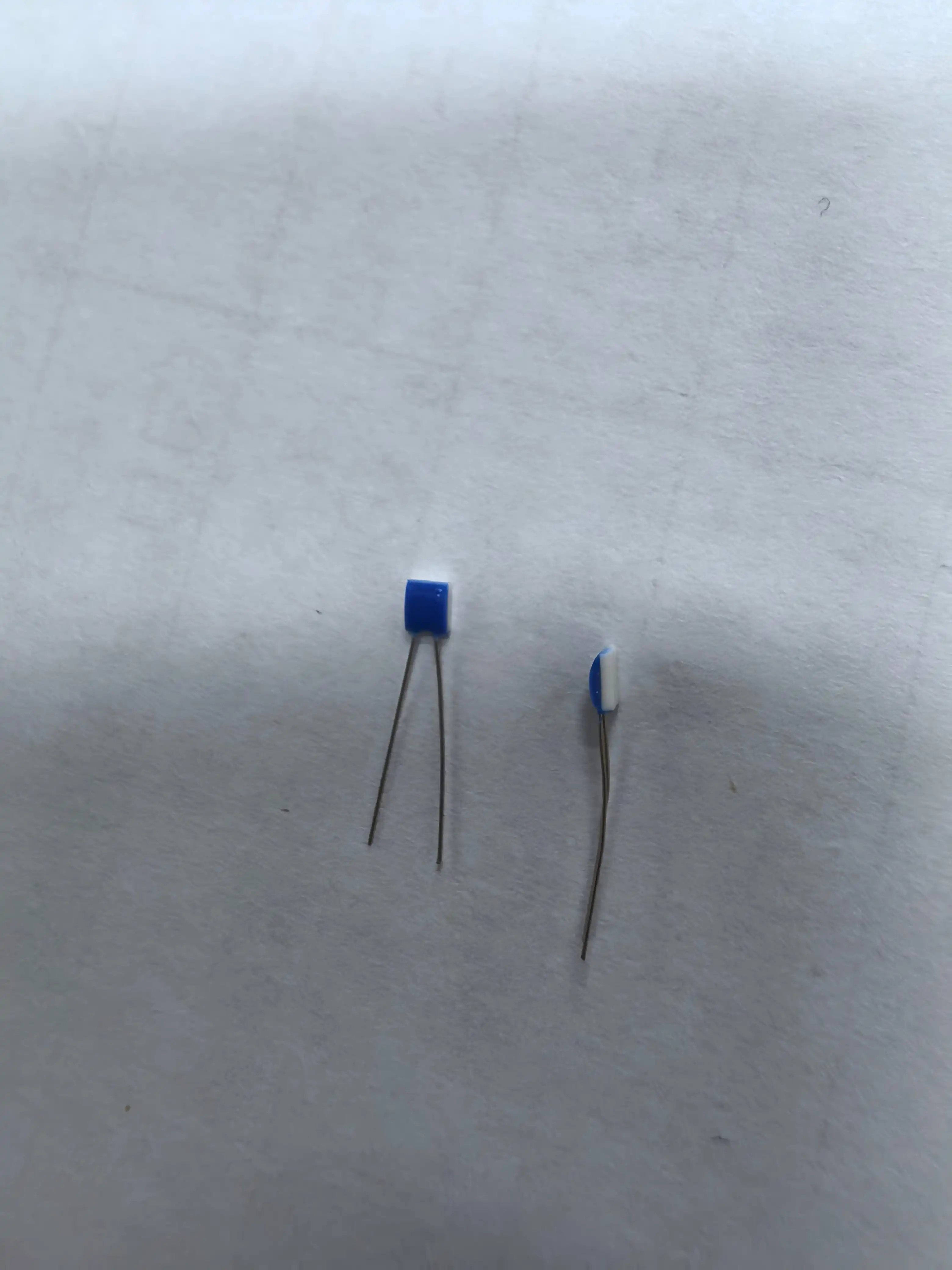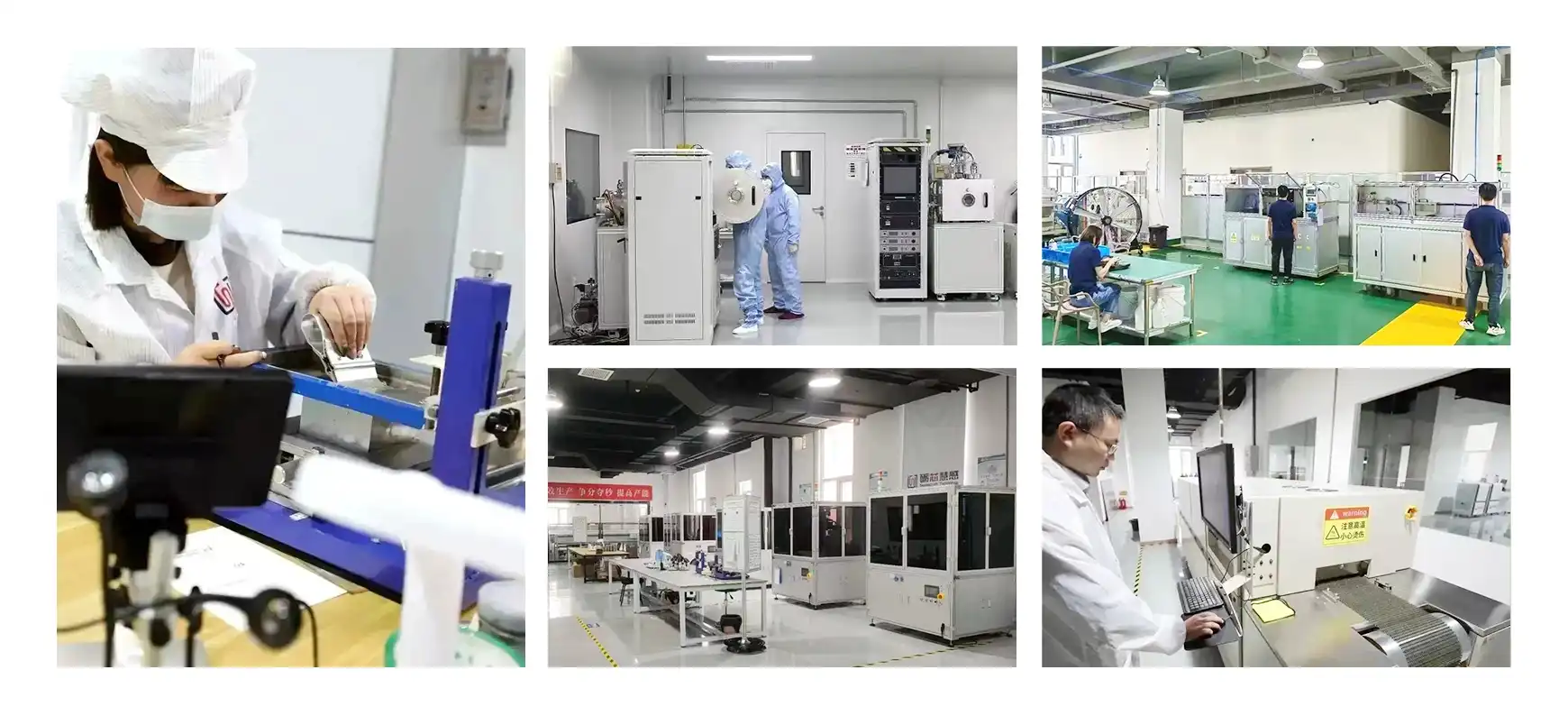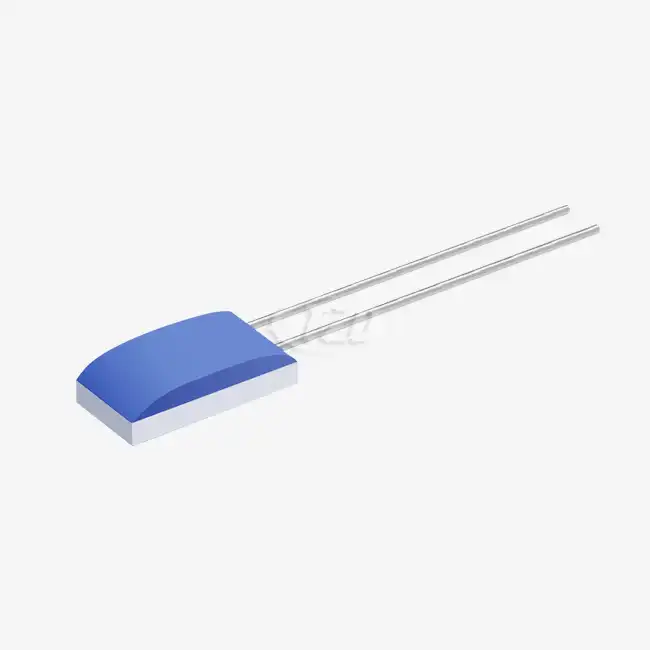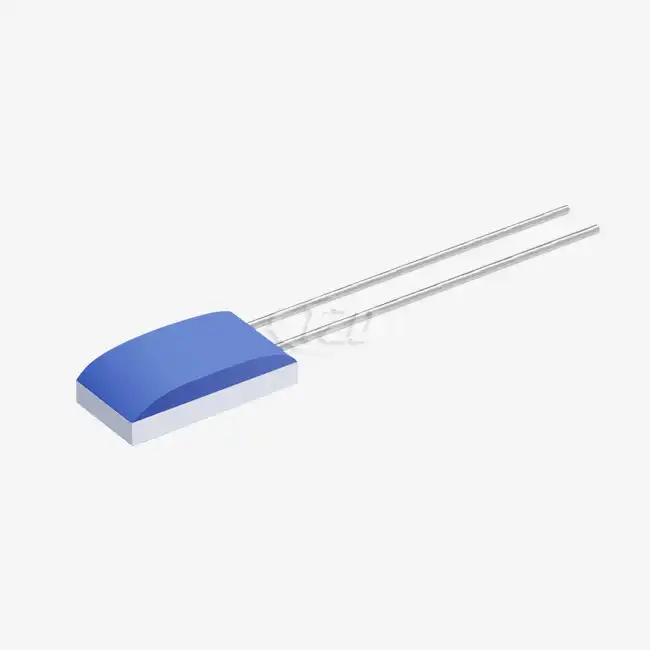- English
- French
- German
- Portuguese
- Spanish
- Russian
- Japanese
- Korean
- Arabic
- Greek
- German
- Turkish
- Italian
- Danish
- Romanian
- Indonesian
- Czech
- Afrikaans
- Swedish
- Polish
- Basque
- Catalan
- Esperanto
- Hindi
- Lao
- Albanian
- Amharic
- Armenian
- Azerbaijani
- Belarusian
- Bengali
- Bosnian
- Bulgarian
- Cebuano
- Chichewa
- Corsican
- Croatian
- Dutch
- Estonian
- Filipino
- Finnish
- Frisian
- Galician
- Georgian
- Gujarati
- Haitian
- Hausa
- Hawaiian
- Hebrew
- Hmong
- Hungarian
- Icelandic
- Igbo
- Javanese
- Kannada
- Kazakh
- Khmer
- Kurdish
- Kyrgyz
- Latin
- Latvian
- Lithuanian
- Luxembou..
- Macedonian
- Malagasy
- Malay
- Malayalam
- Maltese
- Maori
- Marathi
- Mongolian
- Burmese
- Nepali
- Norwegian
- Pashto
- Persian
- Punjabi
- Serbian
- Sesotho
- Sinhala
- Slovak
- Slovenian
- Somali
- Samoan
- Scots Gaelic
- Shona
- Sindhi
- Sundanese
- Swahili
- Tajik
- Tamil
- Telugu
- Thai
- Ukrainian
- Urdu
- Uzbek
- Vietnamese
- Welsh
- Xhosa
- Yiddish
- Yoruba
- Zulu
How Sensors Enhance Safety in Military Armored Vehicles?
Sensors play a pivotal role in enhancing the safety of military armored vehicles by providing crucial real-time data about the vehicle's internal systems, external environment, and potential threats. These sophisticated devices enable early detection of mechanical issues, monitor environmental conditions, and alert crews to imminent dangers. By integrating advanced sensor technologies, armored vehicles become more resilient, responsive, and capable of protecting their occupants in high-risk scenarios. From temperature monitoring to threat detection, armor vehicle sensors form the backbone of modern armored vehicle safety systems, significantly improving situational awareness and operational effectiveness in challenging combat environments.

The Critical Role of Sensors in Armored Vehicle Safety
Armored vehicles operate in some of the most demanding and hazardous environments imaginable. The integration of advanced sensor systems has revolutionized their safety capabilities, providing critical information that can mean the difference between mission success and failure. These sensors serve multiple functions, each contributing to the overall safety and effectiveness of the vehicle and its crew.
Environmental Monitoring
One of the primary functions of sensors in armored vehicles is environmental monitoring. High-precision temperature sensors, such as thin film platinum resistance thermistors, play a crucial role in this aspect. These sensors, with their compact dimensions (as small as 1.2mm x 2.0mm x 1.0mm) and high accuracy (±0.01 Ω), can be strategically placed throughout the vehicle to monitor various systems.
The temperature coefficient of 3850 ppm/°C ensures these sensors can detect even minute temperature changes, crucial for monitoring engine performance, ammunition storage conditions, and overall vehicle heat management. With an operating range of -200°C to +850°C, these sensors can function effectively in extreme conditions, from arctic deployments to desert operations.
Threat Detection and Avoidance
Beyond environmental monitoring, armor vehicle sensors play a critical role in threat detection and avoidance. Advanced sensor suites include radar systems, infrared cameras, and acoustic sensors that work in concert to detect and identify potential threats. These systems can detect incoming projectiles, identify enemy vehicles, and even detect the presence of chemical or biological agents.
The rapid response time of modern sensors is crucial in these applications. For instance, our thin film sensors boast a response time as low as 0.05 seconds in flowing conditions, enabling near-instantaneous threat detection and response. This quick reaction time can be the difference between a successful evasive maneuver and a direct hit.
Vehicle Health Monitoring
Sensors also play a vital role in monitoring the health and performance of the armored vehicle itself. From engine temperature and oil pressure to tire inflation and suspension load, a network of sensors continuously monitors every critical system of the vehicle. This real-time health monitoring allows for predictive maintenance, reducing the likelihood of mechanical failures in combat situations.
The long-term stability of these armor vehicle sensors is crucial for reliable vehicle health monitoring. Our sensors, with a resistance drift of ≤±0.04% after 1000 hours at 500°C, ensure consistent and accurate readings over extended periods, even in the harsh conditions typical of military operations.

Advanced Sensor Technologies for Military Armored Vehicles
The evolution of sensor technologies has significantly enhanced the capabilities of military armored vehicles. From basic temperature and pressure sensors to sophisticated multi-spectral imaging systems, the range of sensors employed in modern armored vehicles is vast and continually expanding.
Multi-Spectral Imaging Sensors
Multi-spectral imaging sensors have become a game-changer in armored vehicle operations. These advanced systems can detect threats across various spectrums, including visible light, infrared, and even radio frequencies. By combining data from multiple spectral bands, these sensors provide a comprehensive picture of the battlefield, allowing crews to identify camouflaged targets, detect heat signatures, and even see through smoke and fog.
The integration of these imaging sensors with our high-precision temperature sensors ensures optimal performance across varying environmental conditions. The wide temperature range (-200°C to +850°C) and high accuracy (±0.01 Ω) of our sensors help maintain the calibration and effectiveness of these sophisticated imaging systems in extreme operating conditions.
Active Protection Systems
Active Protection Systems (APS) represent one of the most significant advancements in armored vehicle safety. These systems use a network of sensors, including radar and electro-optical sensors, to detect and track incoming threats such as anti-tank guided missiles or rocket-propelled grenades. Upon detection, the APS can automatically deploy countermeasures to intercept or deflect the threat before it reaches the vehicle.
The effectiveness of APS relies heavily on the speed and accuracy of its sensor network. Our sensors, with their rapid response time (as low as 0.05 seconds) and high vibration resistance (≥40g acceleration), are ideally suited for these high-stress, quick-reaction systems. The ability to withstand shock up to 100g acceleration ensures these sensors remain functional even in the event of nearby explosions or impacts.
Network-Centric Warfare Sensors
Modern armored vehicles are increasingly becoming nodes in larger network-centric warfare systems. Advanced communication and data-sharing sensors allow vehicles to exchange information in real-time with other vehicles, command centers, and even air support. This networked approach significantly enhances situational awareness and coordination among units.
The reliability of these network-centric systems is paramount, and our sensors play a crucial role in ensuring their consistent operation. With an insulation resistance of 100 MΩ at 20°C and >2 MΩ at 500°C, our sensors maintain signal integrity even in high-temperature and high-interference environments, crucial for maintaining clear and accurate communication channels.
Future Trends in Armor Vehicle Sensor Systems
As warfare continues to evolve, so too do the sensor systems that protect armored vehicles and their crews. Several emerging trends are shaping the future of armor vehicle sensor technology, promising even greater levels of safety and operational effectiveness.
Artificial Intelligence and Machine Learning Integration
One of the most promising developments in armor vehicle sensor systems is the integration of artificial intelligence (AI) and machine learning algorithms. These technologies can process the vast amounts of data generated by sensor networks in real-time, identifying patterns and potential threats faster and more accurately than human operators.
AI-driven systems can learn from experience, continually improving their threat detection and response capabilities. For instance, an AI system could learn to distinguish between civilian and military vehicles based on subtle differences in heat signatures or movement patterns, reducing the risk of collateral damage.
Our high-precision sensors, with their consistent performance and long-term stability (≤±0.04% resistance drift after 1000 hours at 500°C), provide the reliable data inputs necessary for these AI systems to function effectively. The accuracy and reliability of sensor data are crucial for training and operating AI models in military applications.
Quantum Sensors
Quantum sensors represent the cutting edge of armor vehicle sensor technology, promising unprecedented levels of sensitivity and accuracy. These sensors, based on quantum mechanical principles, could revolutionize everything from navigation to threat detection in armored vehicles.
For example, quantum magnetometers could provide precise navigation even when GPS signals are jammed or unavailable. Quantum radar systems could detect stealth aircraft or vehicles that are invisible to conventional radar. While still in the early stages of development, quantum sensors hold immense potential for enhancing the safety and capabilities of armored vehicles.
Nanotechnology-Enhanced Sensors
Nanotechnology is enabling the development of smaller, more sensitive, and more robust sensors. Nano-engineered materials can enhance the performance of existing sensor types, such as improving the sensitivity of chemical detectors or the resolution of imaging sensors. Additionally, entirely new classes of sensors are becoming possible, such as "smart dust" - tiny, wireless sensors that can be dispersed over an area to gather intelligence or monitor for threats.
Our expertise in miniaturization, as evidenced by our compact sensor designs (as small as 1.2mm x 2.0mm x 1.0mm), positions us well to contribute to these nanotechnology advancements. The high accuracy and reliability of our sensors at this small scale provide a solid foundation for further miniaturization and integration of nanosensors in armored vehicle systems.

Conclusion
The role of armor vehicle sensors in enhancing the safety of military armored vehicles cannot be overstated. From environmental monitoring and threat detection to vehicle health management and network-centric warfare capabilities, sensors form the backbone of modern armored vehicle safety systems. As sensor technologies continue to advance, integrating AI, quantum principles, and nanotechnology, the safety and operational capabilities of armored vehicles will only continue to improve.
At Xi'an Tongzida Technology Co., Ltd., we are committed to pushing the boundaries of sensor technology to meet the evolving needs of military and law enforcement agencies. Our high-precision, rugged, and reliable sensors are designed to perform in the most demanding environments, ensuring the safety and effectiveness of armored vehicles in critical operations. For more information about our advanced sensor solutions for armored vehicles, please contact us at sales11@xatzd.com.
References
1. Gade, R., & Moeslund, T. B. (2014). Thermal cameras and applications: a survey. Machine Vision and Applications, 25(1), 245-262.
2. Kott, A., & Perconti, P. (2018). Long-term forecasts of military technologies for a 20-30 year horizon: An empirical assessment of accuracy. Technological Forecasting and Social Change, 137, 272-284.
3. Pawlak, H., Białobrzeska, B., & Węgrzyn, A. (2016). Thermal imaging in armored vehicles. Measurement Automation Monitoring, 62(5), 200-203.
4. Rashid, T., Khawaja, H. A., & Edvardsen, K. (2019). Review of marine fish species detection and classification using electro-optical systems. Sensors, 19(7), 1608.
5. Szajerman, D., & Napieralski, P. (2017). Thermal imaging in mobile devices for battlefield applications. In 2017 IEEE 30th International System-on-Chip Conference (SOCC) (pp. 196-201). IEEE.
Learn about our latest products and discounts through SMS or email



